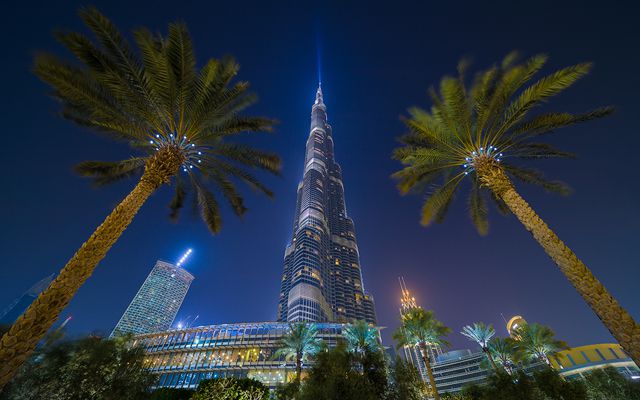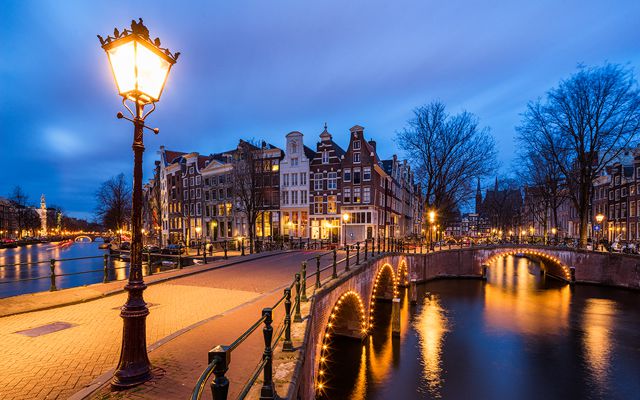Social networks
Which one is your preferred social network? I noticed that each time I add a new one, I drop one. There is only so much time I’m prepared to spend on posting stuff. That’s why I almost completely dropped G+ recently, when I added Instagram. So right now I post regularly to Facebook, Instagram, Flickr and Tumblr (but Tumblr is automated and connected to my Flickr account). I also do 500px, but not on such a regular basis. And I just feel that’s enough. What do you think?
Very blue sky
I usually don’t use the polarizing filter at all, but in Dubai, with the crazy blue sky, it was a must. And it really helped. But still there is something I don’t like about daytime shots. Maybe I just need to get used to them, as I much prefer sunrise/sunset and blue hour shots :)
This is a HDR from 3 exposures, created in Oloneo Photoengine, finished in Photoshop.


















